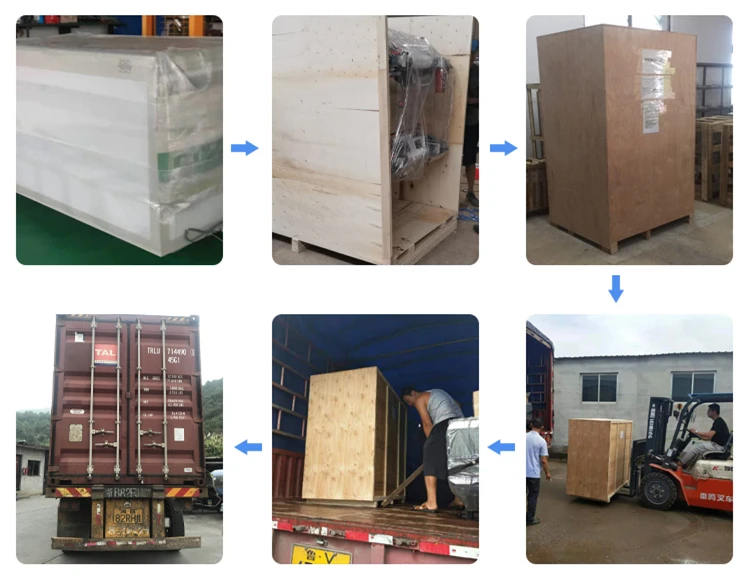High-Quality Fish Feed Extruder Machine – Efficient Aquaculture Solutions
សីហា . 31, 2024 03:39 Back to list
High-Quality Fish Feed Extruder Machine – Efficient Aquaculture Solutions
The Importance of Fish Feed Extruder Machines in Aquaculture
Aquaculture, the farming of fish and other aquatic organisms, has become a crucial aspect of global food production due to increasing demand for seafood. One of the key technologies that support this industry is the fish feed extruder machine. These machines are essential for producing high-quality fish feed, which plays a pivotal role in the health and growth of farmed fish.
A fish feed extruder machine is designed to process various raw ingredients into pellets through a process called extrusion. This process involves cooking the ingredients at high temperatures and pressures, resulting in the formation of a homogenous mixture. The extruder's ability to manipulate temperature and pressure ensures that nutrients are preserved, which is vital for fish health. The end product is a nutritious feed that is easily digestible for fish, leading to better growth rates and overall health.
The versatility of fish feed extruders is noteworthy. They can handle a wide range of ingredients such as fish meal, soybean meal, corn, and other additives tailored to specific fish species. This flexibility allows producers to create specialized feeds that meet the dietary requirements of different aquatic species, from tilapia to shrimp. Moreover, the ability to customize feed formulations according to the nutritional needs and growth stages of various fish enhances feed efficiency, reduces waste, and leads to sustainable aquaculture practices.
fish feed extruder machine

Adopting advanced fish feed extruder technology not only improves feed quality but also boosts production efficiency. Modern extruders are equipped with automation and control systems that optimize the extrusion process, reducing energy consumption and labor costs. Furthermore, these machines can produce different shapes and sizes of pellets, catering to the varying preferences and feeding behaviors of fish. For instance, smaller pellets are ideal for fry, while larger ones are suitable for adult fish.
The environmental impact of aquaculture is another critical consideration. With fish feed extruder machines, producers can craft feeds that minimize waste and improve feed conversion ratios. This means that fish require less feed to achieve the same growth levels, leading to lower feed costs and reduced pressure on wild fish stocks used for fish meal production. Additionally, many extruders now allow for the incorporation of alternative protein sources, such as insects, which can further alleviate the environmental burden associated with traditional fish feeds.
In conclusion, fish feed extruder machines play an indispensable role in the aquaculture industry by ensuring the production of high-quality, nutritious fish feed. Their ability to process various ingredients, customize formulations, and enhance production efficiency contributes to the sustainability and profitability of fish farming. As the demand for seafood continues to rise, the importance of these machines will only become more pronounced, making them vital to the future of aquaculture. Investing in advanced fish feed extrusion technology is not just a business decision; it is a step towards achieving a more sustainable and efficient global fish supply.
-
Automatic Feeding Line System - Anping County Yize Metal Products Co., Ltd.|Pan Feeder&Nipple Drinker
NewsAug.06,2025
-
Automatic Feeding Line System - Yize Metal|Automation,Durability,Precision
NewsAug.06,2025
-
Automatic Feeding Line System Pan Feeder Nipple Drinker - Anping County Yize Metal Products Co., Ltd.
NewsAug.06,2025
-
Feed Pellet Machine | High-Quality Animal Feed Pelletizer
NewsAug.06,2025
-
Automatic Feeding System - Anping Yize | Pan Feeder Nipple Drinker
NewsAug.05,2025
-
Automatic Feeding Line System Pan Feeder Nipple Drinker-Anping County Yize Metal Products Co., Ltd.|Feed and Water Distribution, Durable PP Material
NewsAug.05,2025






